Neuroscience
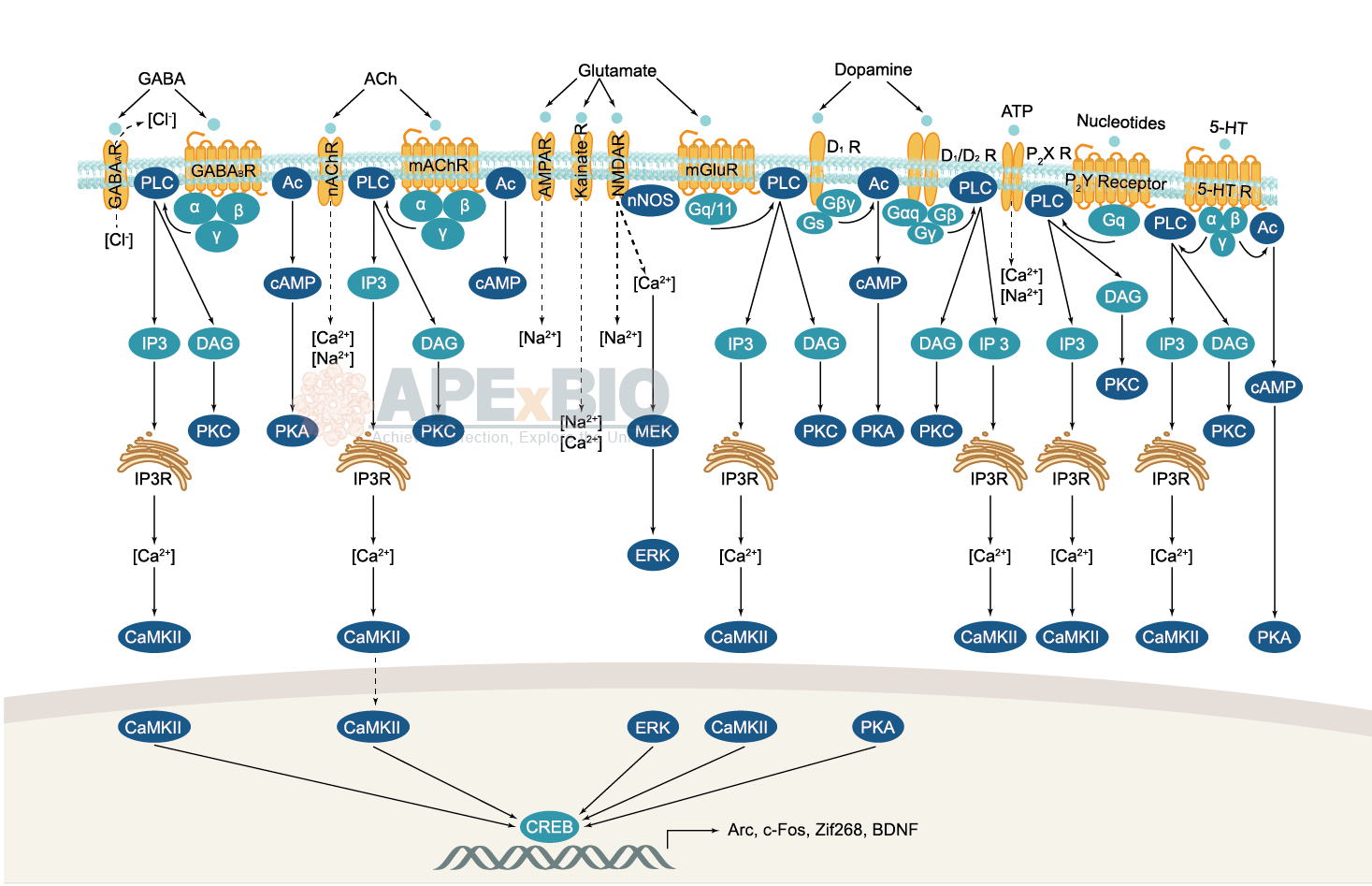
Neurotransmitter receptors function via various G-protein coupled and G-protein independent mechanisms that activate downstream intracellular signaling pathways such as cAMP/PKA, PI3K/AKT, phospholipase A2, and phospholipase C pathways. For instance, dopamine receptors act through adenylate cyclase to activate PKA and other signaling molecules, thereby mediate gene expression through the actions of CREB and other transcription factors. Other neurotransmitters such as NMDAR or AMPAR are associated with ion channels that control flux of Ca2+ and Na+, thus propagating the action potential across the post-synaptic neuron.
Dysfunctions in GABAergic/glutamatergic/serotonergic/dopaminergic pathways result in a broad range of neurological disorders such as chronic pain, neurodegenerative diseases, and insomnia, as well as mental disorders including schizophrenia, bipolar disorder, depression, and addiction.
-
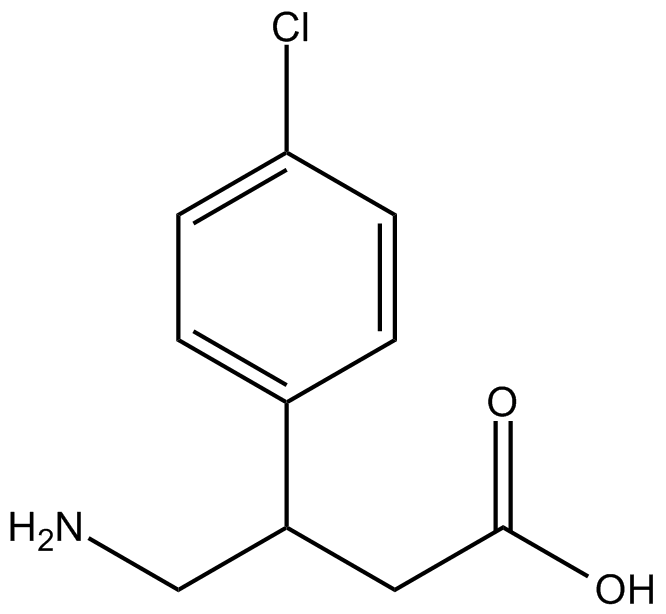 C4051 (±)-BaclofenSummary: GABAB agonist
C4051 (±)-BaclofenSummary: GABAB agonist -
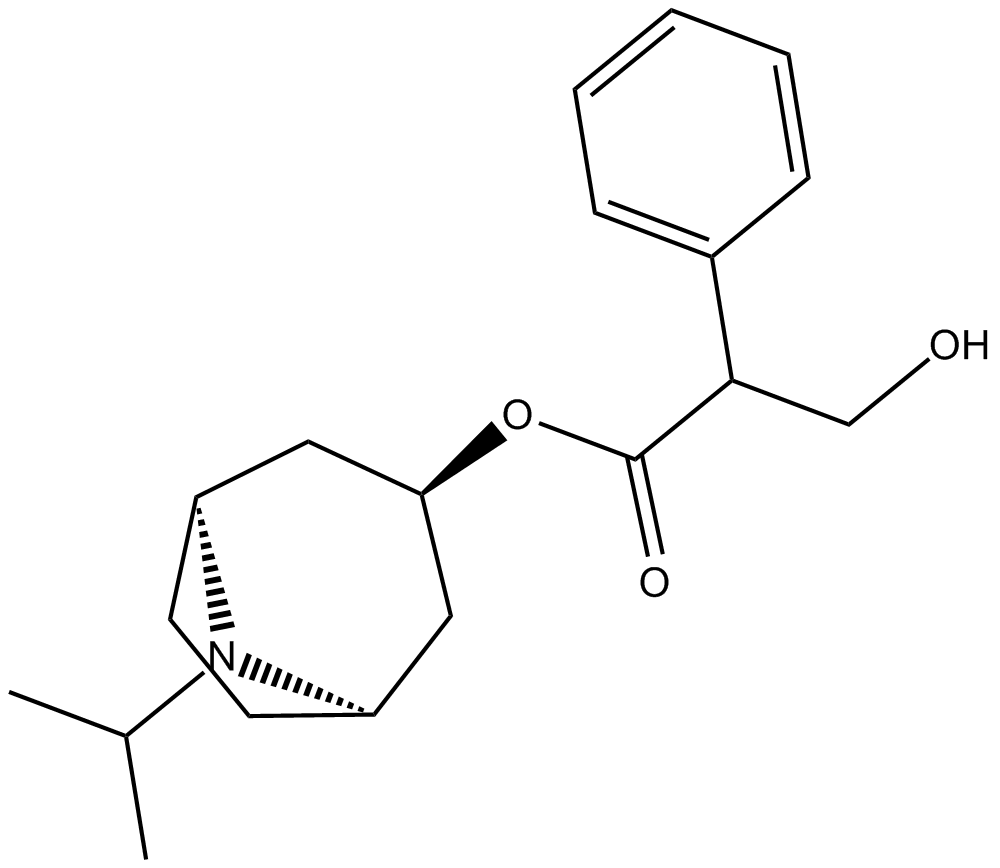 C4093 N-IsopropylnoratropineSummary: used in the synthesis of ipratropium, a muscarinic antagonist
C4093 N-IsopropylnoratropineSummary: used in the synthesis of ipratropium, a muscarinic antagonist -
 C4100 Pirinixic Acid AminothiazoleSummary: dual inhibitor of mPGES-1 and 5-LO
C4100 Pirinixic Acid AminothiazoleSummary: dual inhibitor of mPGES-1 and 5-LO -
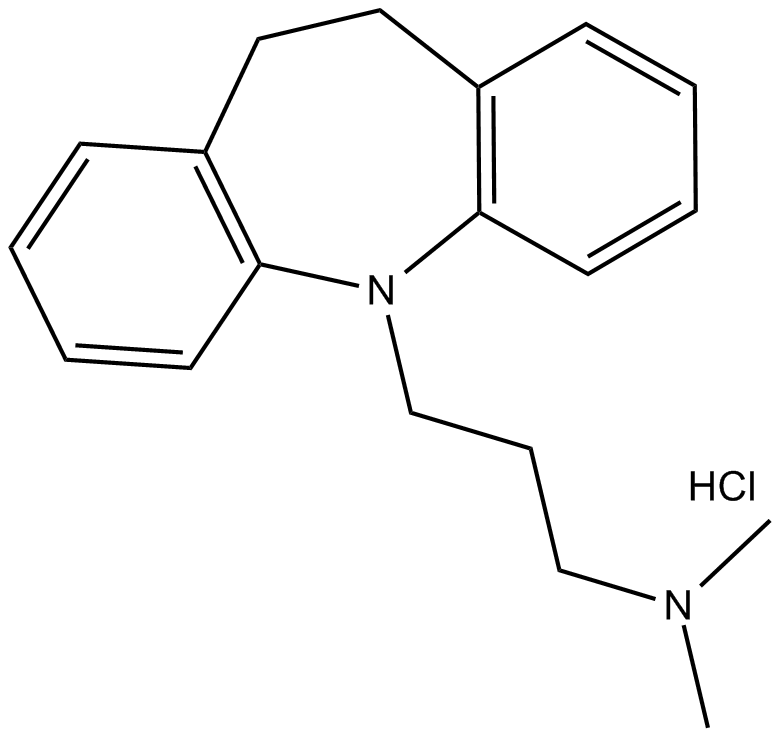 C4117 Imipramine (hydrochloride)Summary: serotonin and norepinephrine transporters inhibitor
C4117 Imipramine (hydrochloride)Summary: serotonin and norepinephrine transporters inhibitor -
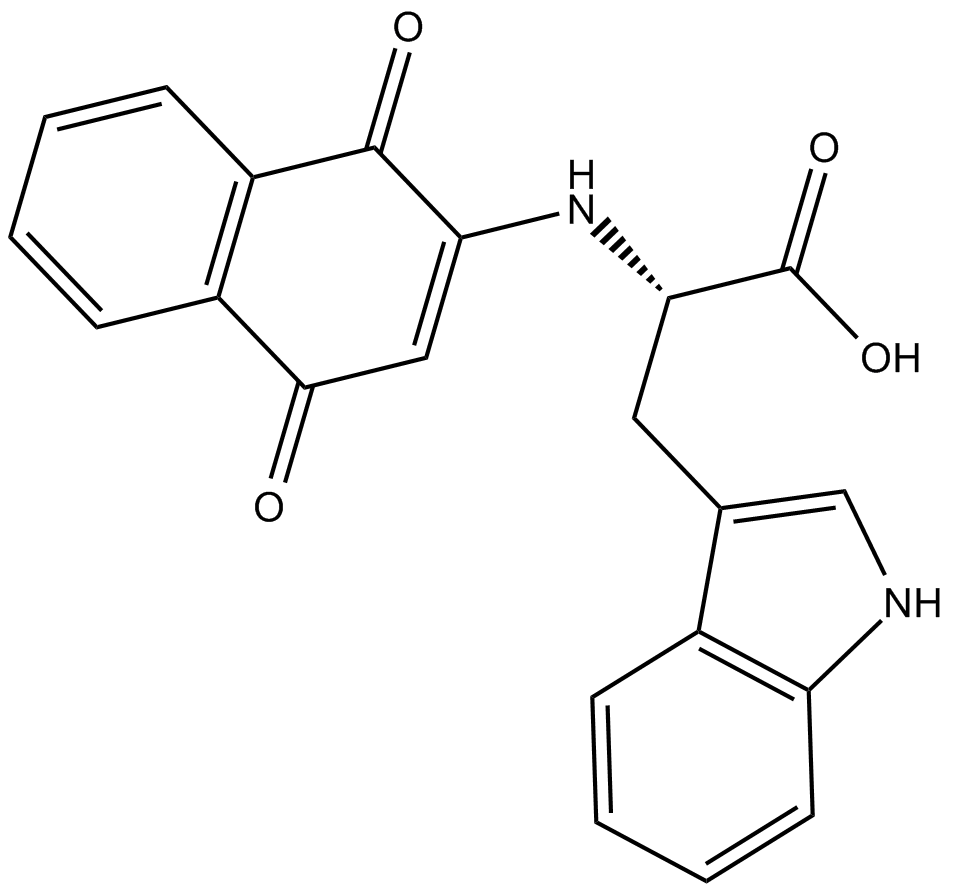 C4194 NQTrpSummary: inhibitor of Alzheimer’s disease-associated amyloid β (Aβ) oligomerization and fibrillization
C4194 NQTrpSummary: inhibitor of Alzheimer’s disease-associated amyloid β (Aβ) oligomerization and fibrillization -
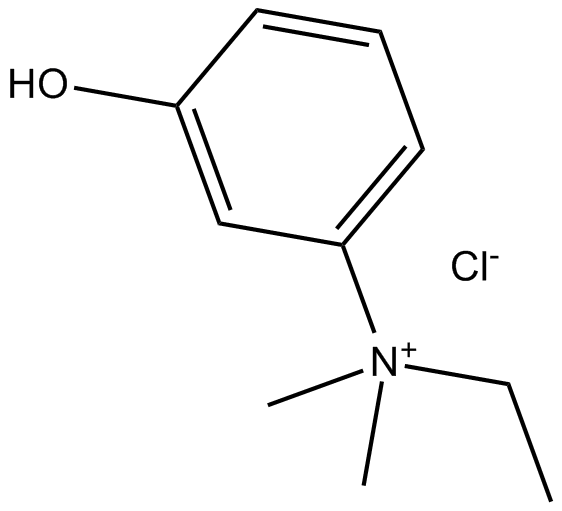 C4140 Edrophonium (chloride)Summary: acetylcholinesterase (AChE) inhibitor
C4140 Edrophonium (chloride)Summary: acetylcholinesterase (AChE) inhibitor -
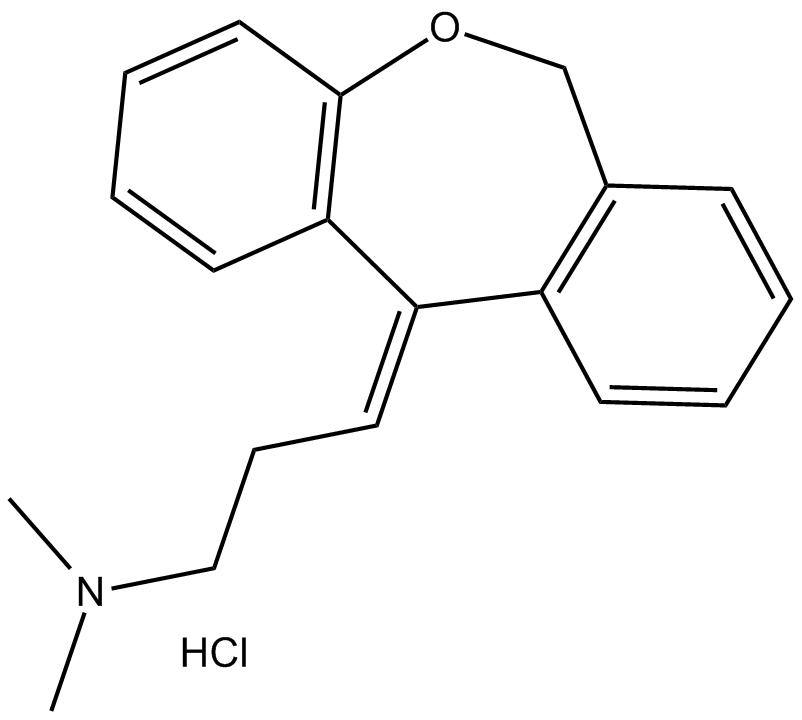 C4153 Doxepin (hydrochloride)Summary: histamine, serotonin, adrenergic, and muscarinic receptors antagonist
C4153 Doxepin (hydrochloride)Summary: histamine, serotonin, adrenergic, and muscarinic receptors antagonist -
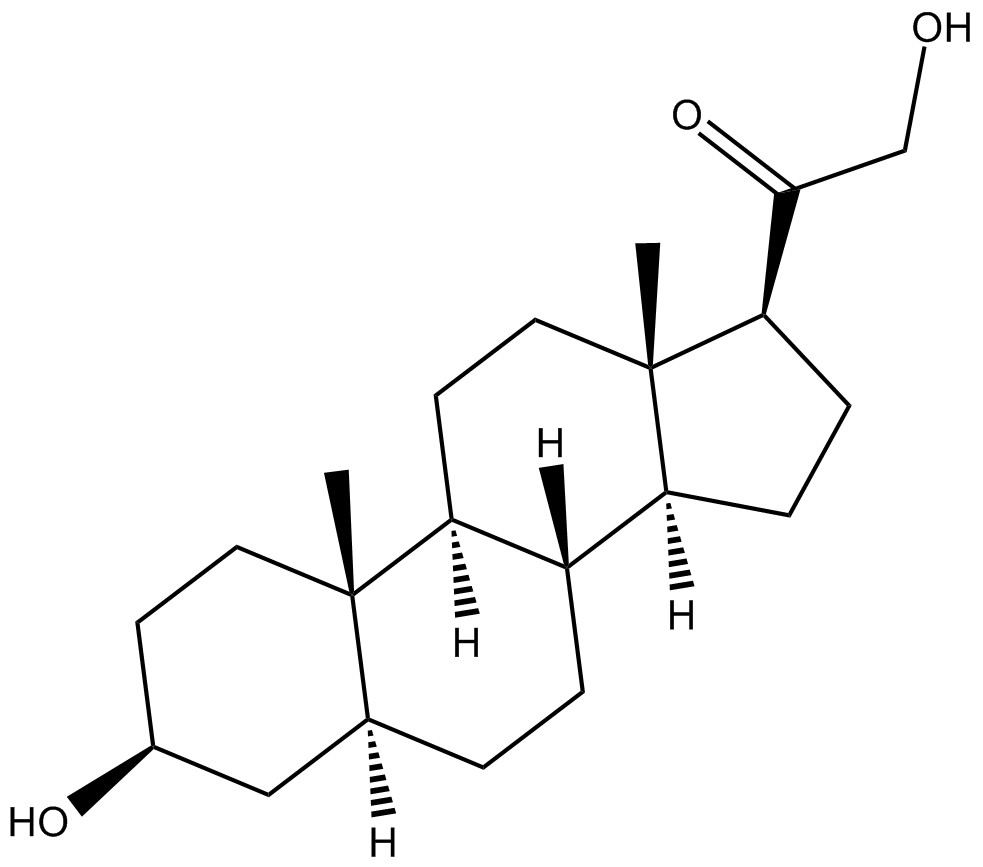 C4172 EpiallopregnanoloneSummary: inactive as a GABAA receptor modulator and used as a control substance to examine GABA neurotransmission.
C4172 EpiallopregnanoloneSummary: inactive as a GABAA receptor modulator and used as a control substance to examine GABA neurotransmission. -
 C4357 ZLJ-6Summary: dual inhibitor of COX and 5-lipoxygenase (5-LO)
C4357 ZLJ-6Summary: dual inhibitor of COX and 5-lipoxygenase (5-LO) -
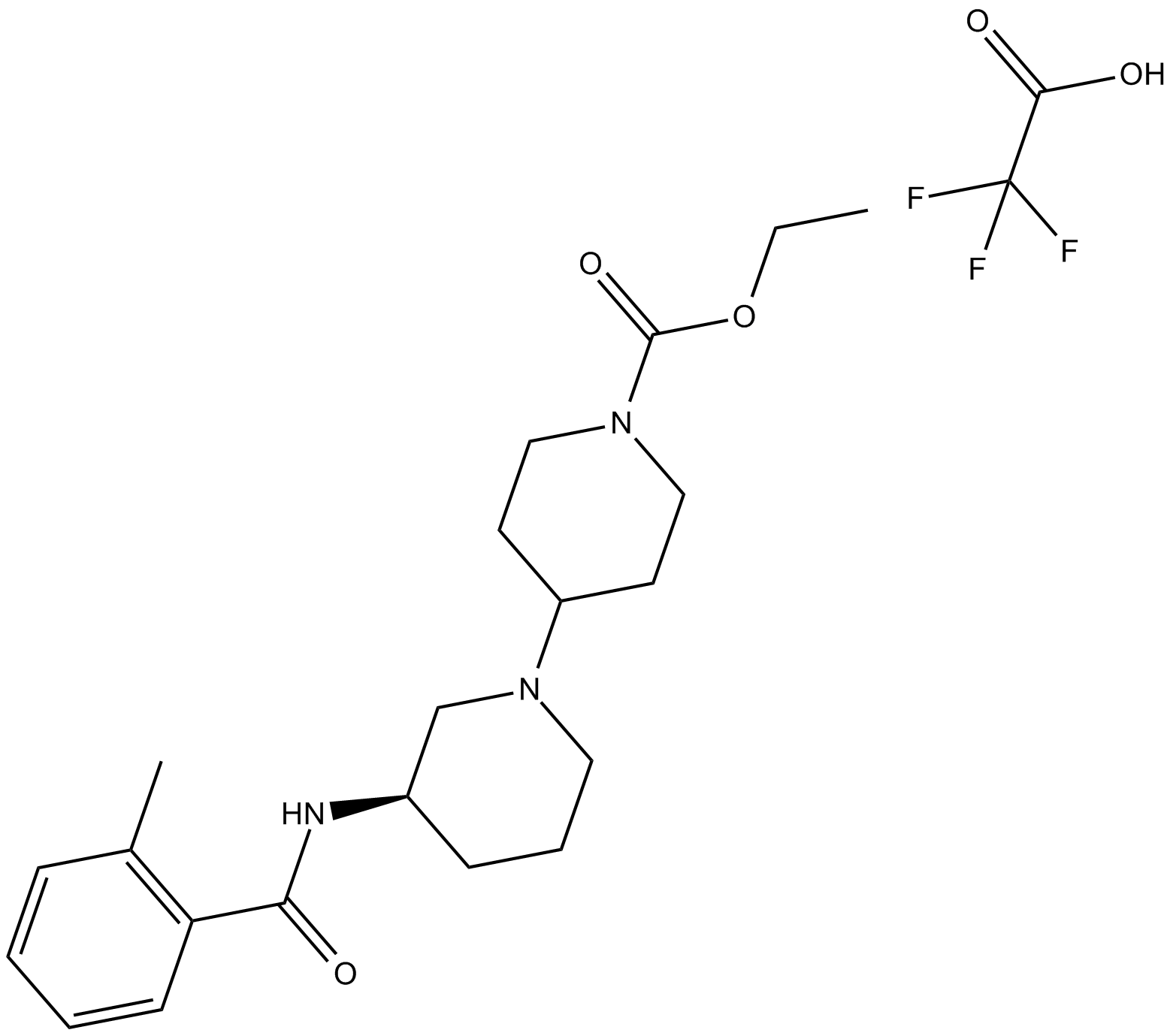 C4396 VU0364572 (trifluoroacetate salt)Summary: M1 agonist
C4396 VU0364572 (trifluoroacetate salt)Summary: M1 agonist

